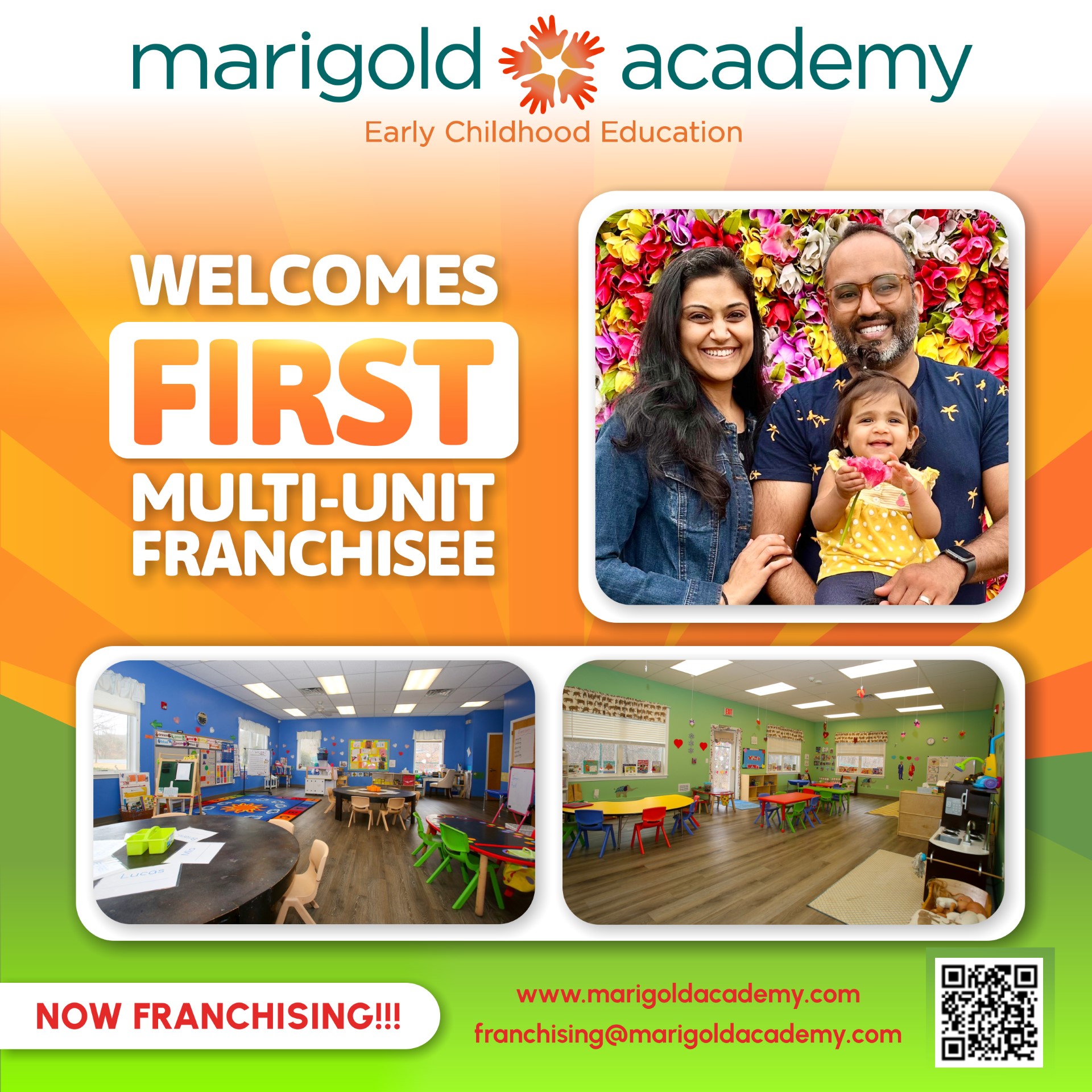Photo by cnythzl
The decision to franchise your business is a strategic move that offers multifaceted advantages. The benefits are substantial, from accelerated expansion and lower capital investment to the symbiotic relationship between franchisors and franchisees.
The Advantages of Franchising Your Business
Entrepreneurs are constantly seeking innovative strategies to expand their enterprises. One method that has gained significant traction is franchising. The decision to franchise your business can be a transformative move, offering many advantages beyond mere growth. In this article, we’ll cover some of the critical benefits of franchising, ranging from accelerated expansion and lower capital investment to the unique appeal of franchised businesses to private equity investors.
Faster Expansion
Franchising is a powerful catalyst for rapid business expansion. It allows a brand to penetrate new markets without the traditional hurdles of establishing and managing each location. With franchising, the burden of capital expenditure and operational issues are shared with franchisees. This shared responsibility accelerates growth and allows the brand to reach a broader audience in a shorter time frame.
Consider the scenario of a successful restaurant chain deciding to franchise. Instead of investing significant resources in setting up new outlets, the company can leverage franchisees’ expertise and financial commitment. This enables the brand to penetrate diverse geographical locations, taking advantage of local insights and preferences. In turn, the franchisees, driven by their vested interest in the business’s success, are motivated to ensure the prosperity of their outlets.
Lower Capital Investment
A key reason a businesses owner may decide to franchise is the reduced capital investment required for expansion. When a company expands independently, it bears the brunt of the initial setup costs, operational expenses, and marketing campaigns. On the other hand, franchising transfers a considerable portion of these financial responsibilities to franchisees.
Franchisees are typically responsible for funding the establishment of their outlets, covering expenses such as leasehold improvements, equipment, and initial inventory. This financial model minimizes the strain on the franchisor’s resources and attracts a diverse pool of entrepreneurs who might not have the capital to initiate a business from scratch. The lower financial barrier to entry enhances the accessibility of the franchise model, fostering a more inclusive entrepreneurial ecosystem.
Franchisee Responsibility to Run the Business
A distinctive advantage of franchising is the mutual benefits between the franchisor and the franchisee. Franchisees are vested stakeholders, as their success is directly tied to the prosperity of the overall brand. This symbiotic relationship fosters a sense of ownership and commitment among franchisees, leading to a proactive approach to running their businesses.
Franchisees are not mere employees; they are entrepreneurs with a personal investment in the success of their outlets. This inherent responsibility results in a more motivated and dedicated workforce. Moreover, the decentralized nature of franchise operations allows for agility and adaptability to local market conditions. Franchisees are better equipped to respond to the unique demands of their specific locations, leading to increased customer satisfaction and brand loyalty.
Higher Multiple at Exit
The financial benefits of franchising extend to both the franchisor and franchisees regarding exit strategies. A successful franchisor can command a higher valuation and multiple at exit than a non-franchised business. This increased value is attributed to the scalable and replicable nature of the franchise model, which attracts potential buyers looking for sustainable and diversified revenue streams.
For franchisees, selling their established and profitable outlets often results in a lucrative return on investment. Buyers are willing to pay a premium for a concept with a proven track record of success, brand recognition, and the support of a well-known brand. This higher multiple at exit creates a win-win scenario, incentivizing franchisees to thrive and franchisors to maintain stringent quality control and support systems.
Private Equity’s Interest in Franchised Parent Companies
Private equity firms are increasingly drawn to franchised parent companies for several reasons. The franchise model provides a predictable and scalable revenue stream, in the form of royalties making it an compelling investment opportunity. Private equity investors are specifically interested in the recurring revenue generated through franchise royalties, typically a percentage of the franchisees’ sales.
The stable and consistent income from royalties allows private equity investors to forecast cash flows more accurately. This predictability and the potential for accelerated growth through franchise expansion create a compelling investment thesis. Private equity firms recognize the inherent value in a well-established franchisor with a strong brand, operational excellence, and a proven track record of supporting franchisees.
High Multiples Driven by Royalties
The willingness of private equity investors to pay high multiples on EBITDA for franchised parent companies is closely tied to the revenue generated from franchise royalties. Royalties represent a form of passive income for the franchisor directly connected to the success of individual franchise outlets. As the franchise system expands and matures, the cumulative effect of royalties becomes a substantial and reliable income stream.
Private equity investors recognize the potential for substantial returns on their investment, driven by the ongoing royalties from a growing network of franchisees. The scalability of the franchise model and the ability to leverage existing infrastructure contribute to the appeal for private equity firms. The higher multiples on EBITDA reflect the confidence in the predicability and scaling potential of the franchised business.
Conclusion
The decision to franchise your business is a strategic move that offers multifaceted advantages. The benefits are substantial, from accelerated expansion and lower capital investment to the symbiotic relationship between franchisors and franchisees. The allure of higher multiples at exit, coupled with private equity’s interest in franchised parent companies, further underscores the potential for long-term success in franchising. As businesses evolve, franchising remains a powerful tool for those seeking growth and sustained prosperity in an ever-changing market landscape.
Learn How To Franchise Your Business – Contact The Leader in Forward Thinking Franchising
=============================
This Post was researched and edited with the support of A.I.
=============================










